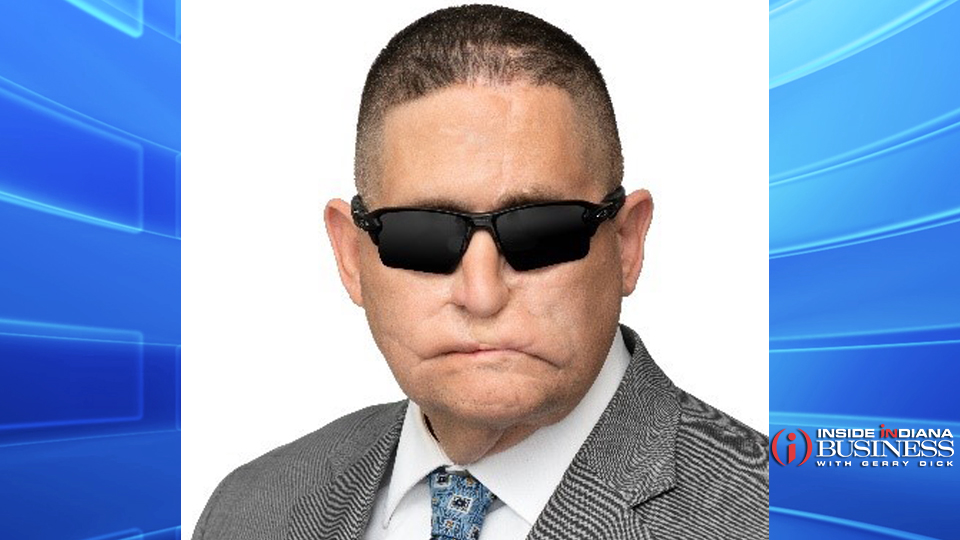Now is the time: Hire people with disabilities
Subscriber Benefit
As a subscriber you can listen to articles at work, in the car, or while you work out. Subscribe Now
The Great Resignation, described in the Harvard Business Review as “an unprecedented mass exit from the workforce,” saw 47 million Americans leave their jobs in search of greener pastures. We heard about the ensuing imbalance and how labor shortages rattled almost every sector of our economy.
The gaps left may be ones that can be filled by a population too often overlooked – people with disabilities. As business leaders across the country determine how to staff up, I challenge them to look in places they might have missed in the past.
New data from the U.S. Bureau of Labor Statistics shows that in 2021 only 19% of Americans with a disability had jobs. I am pleased to see that the number, although still low, rose to 21% in 2022. Juxtapose that with the employment rate of people without a disability of 65.4 in 2022, there is still an incredibly wide gap. While there is growth, disability unemployment rates are still unacceptably high, and it is unclear why these individuals aren’t being hired.
I serve as the president of the National Association for the Employment of People Who Are Blind. I also work as the president and CEO of Bosma Enterprises. Our business, through its social enterprise model, provides vital products and services to the government and private industry. We, like other NAEPB member organizations across the country, have integrated people who are blind at all levels of our companies with great success.
At Bosma, we boast nearly 100% accuracy in order entry, fulfillment, and on time delivery. This performance isn’t exclusive to Bosma, it happens nationwide at other NAPEB organizations. We have decades of experience resulting in thousands of high-quality job creation at all levels, from entry level to executive.
The critical point I want to make for employers around the country is that you do not sacrifice quality or performance by hiring a person with a disability. On the contrary, I find that the intangibles are as relevant as the business advantages – like a dedicated and capable workforce.
Now is the time to invest in the unseen workforce right in front of us. Hire someone with a disability.
